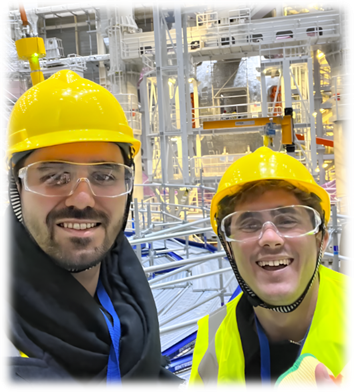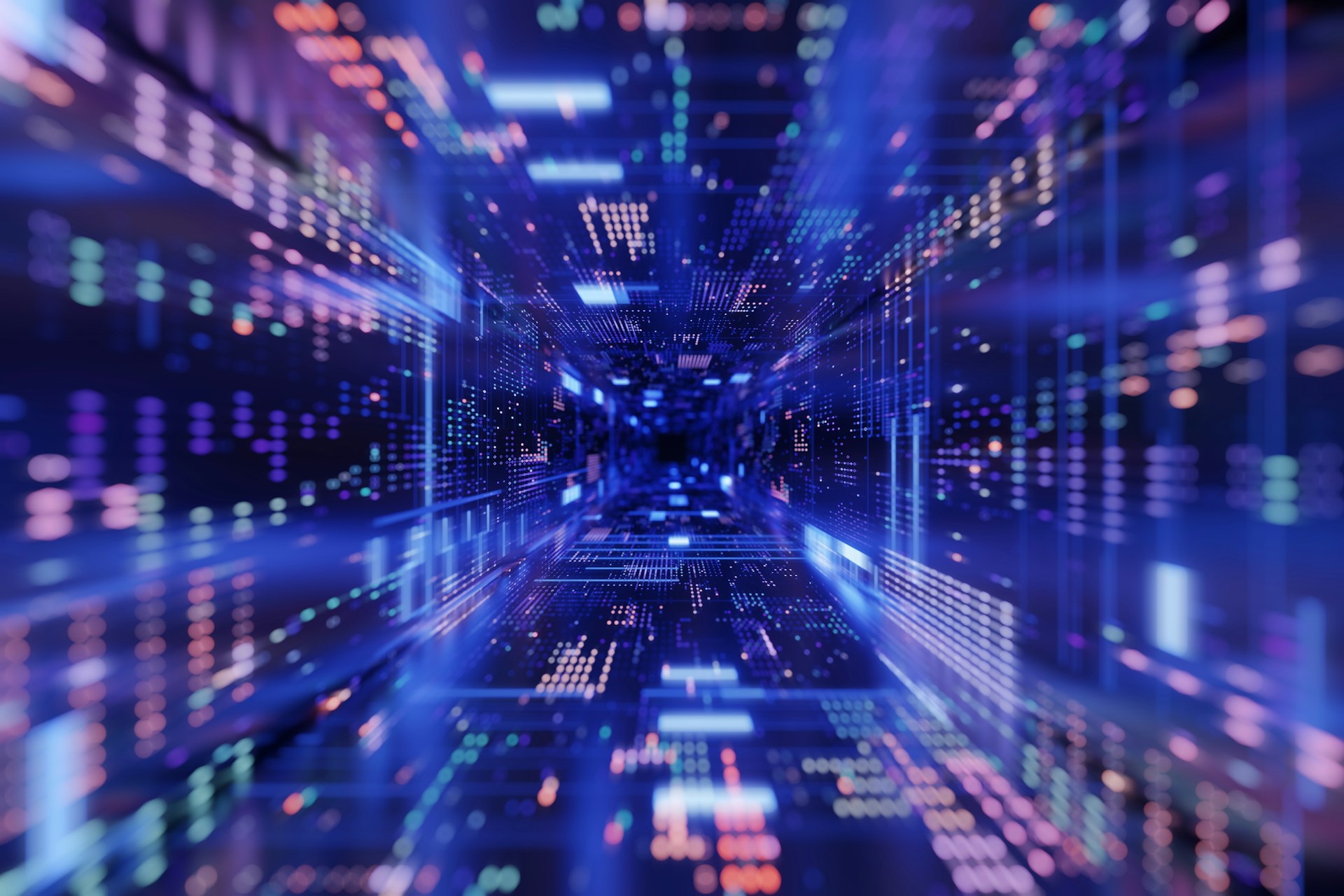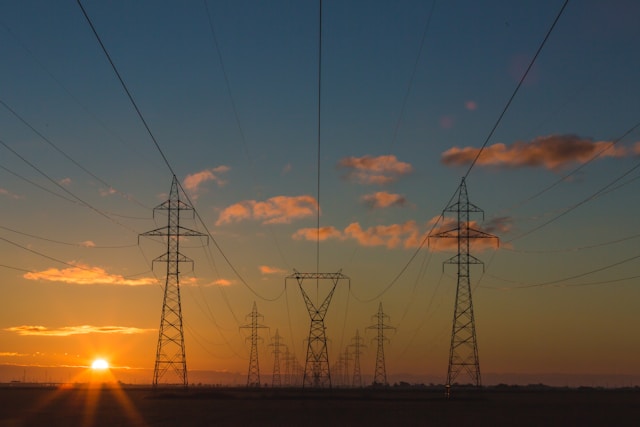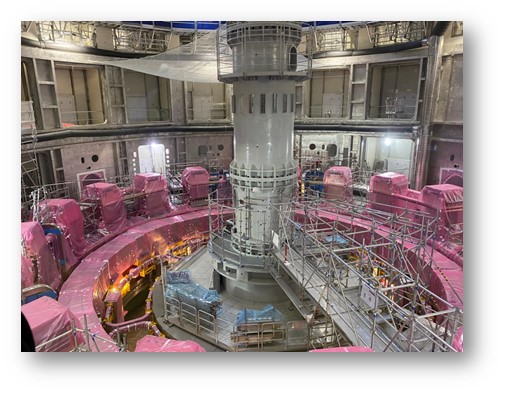
Bridging the Gap between Fusion Energy and Young Minds
Powering the energy needs of the future
In the pursuit of sustainability and the development of clean energy sources, nuclear fusion stands as a pivotal goal. Damona’s recent collaboration with the International Thermonuclear Experimental Reactor (ITER) — through an initiative led by the European Union, and GOPAcom ( a leading insight partner for European Institutions) — provided an exhaustive exploration of the potential for future nuclear energy solutions. In this article Damona wishes to share some thoughts and Insights gained from this collaboration.
This partnership has for mission to cultivate awareness about nuclear fusion amongst Europe’s next generation of students. By engaging with the European Union, ITER, Damona seeks to contribute to a broader comprehension of nuclear fusion and how it could revolutionise our energy systems, whilst emphasising its importance beyond technical and engineering advancements, but also for environmental sustainability. This reflection intends to underscore the significance of ITER’s project, the role of educational initiatives in demystifying nuclear fusion, and the potential impact of these efforts on shaping the energy outlook of future European generations.

ITER’s goal is set to replicate the sun’s energy production here on Earth. It stands as perhaps the most complex scientific and engineering project ever undertaken, with an important need for the finest talents and resources from the world’s leading nations: the EU, the USA, Russia, Japan, China, Korea, and India. Collectively, these countries contribute to 85% of the world’s GDP and represent over half of its population, making this venture a significant investment for humanity.
This global collaboration can be experiences on site; upon entering the reactor building, one can observe the names of companies and teams of experts from all corners of the globe, each contributing their piece to this complex task. Throughout the site visit, the diverse presence of individuals, ranging from Chinese to Italian, Japanese to Spanish, showcases a rich blend of expertise all converging on the development of the largest Tokamak ever conceived. This project is a witness to the power of international cooperation and highlights the critical role collective expertise and shared goals play in advancing our understanding and capabilities in nuclear fusion.
Current Objectives and Challenges

Engineers at ITER have established a numerical goal for the Tokamak: it is to produce ten times more energy than the energy input required to heat the plasma. This objective is represented by the factor Q, which is the ratio of energy output to energy input. In this instance, Q should be greater than or equal to 10. However, this calculation does not consider the energy necessary to maintain the reaction and to control the highly energy-intensive magnets. This distinction is crucial for understanding the efficiency and potential viability of nuclear fusion as an energy source, highlighting the technical challenges that still need to be addressed to achieve a sustainable and controlled fusion reaction.
Having been able to talk with fusion engineering experts, we have gained knowledge of valuable insights into the current challenges facing the assembly of the Tokamak. It is well known already that the project has experienced some delays over the years, attributable in part to the pandemic and in part to the inherent complexity of undertaking projects of this magnitude.
The construction of the world’s largest Tokamak demands engineering innovations that have never been applied before, necessitating the continuous development of new techniques to accomplish this monumental task. A prime example highlighted is the creation of the giant electromagnets (Figure 3), designed to contain the super-heated plasma necessary to convince atoms to fuse. Such magnets are unprecedented in their development, embodying the principle of trial and error due to their complexity and massive size.
Their manufacture is so intricate and time-consuming that any minor setback can lead to significant delays. Additionally, other challenges, such as pipe corrosion, have been identified as obstacles to progress. This is representative of the innovative nature of the project, and constantly pushes current technological capabilities and testing to solve new problems. However, ITER engineers assure that sooner or later the reactor will produce energy and they were confident in achieving their energy generation output goals, emphasising that even an outcome close to the set goal would be considered as an important victory for the project, the nuclear sector, and the energy sector.
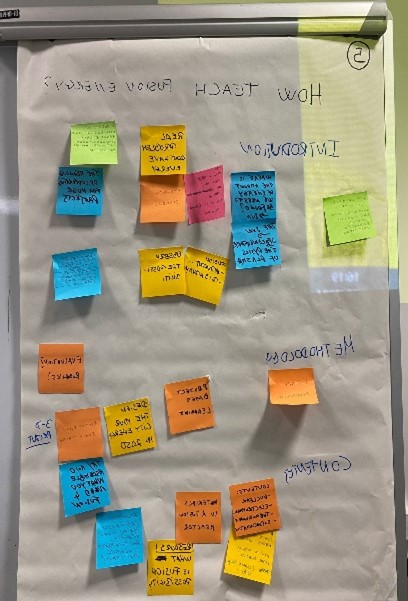
The role of initiatives like the “Teachers visit to ITER” in engaging the next generation cannot be overstated. By engaging with an environment where academic curiosity meets practical experience, this European initiative is crucial in preparing a new wave of young Europeans to be aware and/or equipped to tackle the challenges of fusion energy.
It is through these educational experiences that the groundwork is laid for the future—where fusion energy is not just a theoretical possibility but a practical solution to the world’s energy needs. With the development of the technology the labor needs of the sector are going to increase drastically across the whole supply chain, from engineers to researchers to qualified builders. The EU in cooperation with GOPAcom and Damona tries to light a spark of interest amongst the European youth to spread awareness effectively by investing early in the minds and workforce of tomorrow through professors, the most essential actors of knowledge transmission.
At Damona, we invited all the professors present to think on how to actually transmit knowledge and curiosity to their students. Across the board innovative pedagogic proposals were made from introducing the concept from the problematic of energetic demand to creating video games. An emphasis was placed on making sure that the concept could be introduced to STEM and non-STEM students alike, the importance of practical learning and unlocking the largely untapped potential of girls in the fields of science. Finally, proposing reachable options for students whiling to dive deeper into the problematics related to fusion was deemed essential in order to plant the seed of problem solving into interested minds.
As we reflect on the ITER experience and its implications for the future of energy, the path to fusion is challenging. Through continued collaboration, innovation, and education however we should one day recreate the power of the stars on earth.
The ITER project stands as an example of the world contributing expertise and resources to expand options of cleaner and more reliable energy source. A huge challenge that will still take some time to develop due to the nature of its challenges. The project is fundamentally European with most resources being provided by the European Union and due to its location in the south of France. The EU has understood the necessity to engage the future generations of Europeans into fusion related fields and to spread awareness. Through this initiative with GOPAcom and Damona it proposes every year to show educators and equip them with tools and material to spread knowledge.
